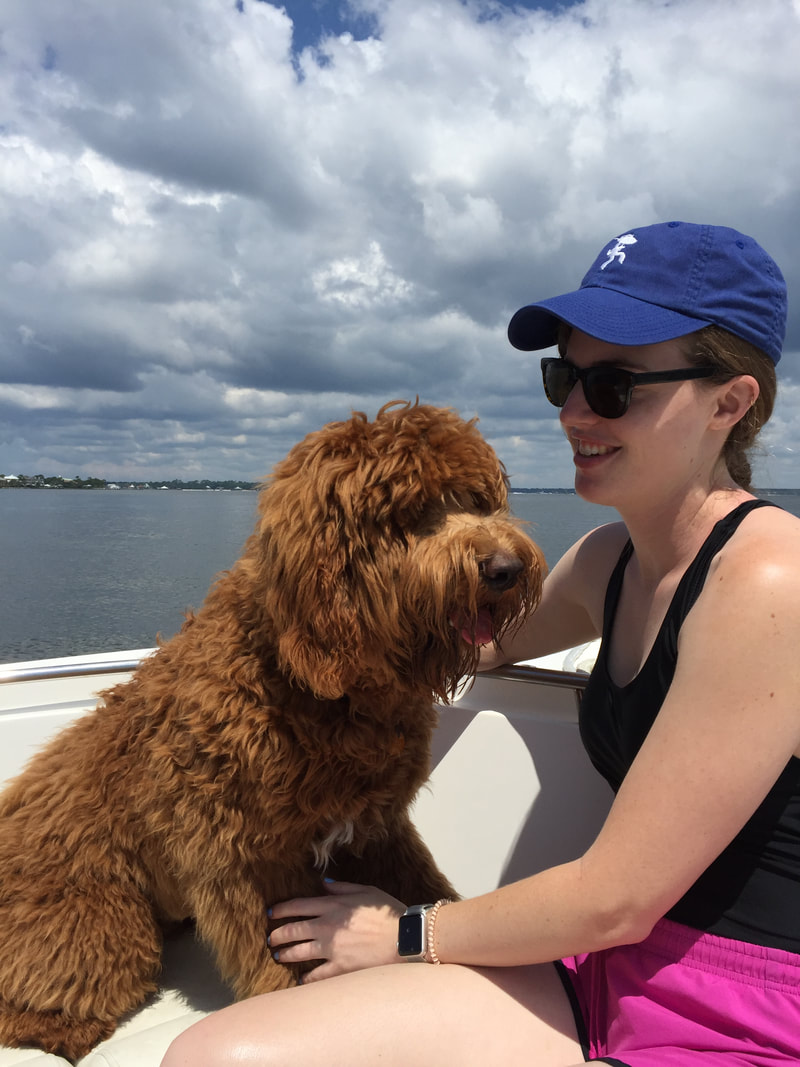|
I have used Eureka Math for the past few years and I like to teach math in small groups. I have students rotate between 3 activities: Eureka lesson with teacher, math centers, ST Math (click to read about how I use ST Math). I love this system- I think you can really target what each group needs and push students to learn more. But, the transitions can be a little tricky or time consuming. It seems like the second half of Eureka Math Kindergarten is all about number bonds, addition, and subtraction. So I created a warm up routine that was no-prep and practiced these skills! Every time a group transitioned to my rotation they immediately made a number bond about the students in their group. This gave me a few minutes to help the other groups get settled or to reset my materials. This was a great prompt because the groupings changed every day and the students could be creative!!! Some common groupings in my class were:
Once students finished the number bond they would write an equation to match it. This was an awesome time to differentiate. Some students wrote the part-part-whole equation but others were able to write the whole fact family!! This helped develop conceptual understanding of how parts and wholes go together in addition and subtraction equations. This also led to many great teaching moments! As you can see in the above picture one of the equations is wrong: she wrote 3-7=10. We talked about how it was awesome that she went above and beyond to write multiple equations (yay for risk taking!!) for her number bond and then solved each equation to find the one that was incorrect. She was able to explain that she should have started with the whole number when subtracting and correct it herself! I love helping students to think through the concepts behind the mathematical principles and encouraging them to take risks and try tricky problems. Some days (depending on timing) we had each student share their number bond with the groups, sometimes they shared with a partner, and some days I just picked one or two students to share. This was a very engaging warm-up, the students got very creative in their groupings (rides the bus home and is a pick-up)! It was also easy to differentiate based on the abilities of each math group. Scroll down to get your freebie! I have made a printable version of this math warm up! It can also be used as a challenge problem for early finishers! You can use it as a paper and pencil activity or laminate the papers and use with dry erase markers so it can be used many times. If you don't have math groups you could have students make number bonds of the people at their table, the members of their family, etc. Get creative!
0 Comments
I love puzzles! I do jigsaw puzzles with my family over the holidays. I always have at least one puzzle center in my center rotations. I love the logic puzzle app on my phone. Puzzles are great for developing problem solving skills, fine motor skills including hand eye coordination, and even self-esteem! While I love all puzzles, I sometimes worry that with some puzzles students may complete them incorrectly when they are working independently. There is no way for them to check if they matched the correct pieces. As a result, some students just stick any pieces together and call it a day. BUT... a self-correcting puzzle solves this problem!!! In a self-correcting puzzle only the correct pieces will forget together. For example, the apple will only fit with the piece that has letter "a" not with any other letter. I talk to my students about checking their answers. Do the pieces fit? Great, you made the correct match! If not, you need to keep working- what went wrong? Try again to find the correct piece and ask a friend if you need more help. This encourages further problem solving and meta-cognition. Self-correcting puzzles can also boost self-esteem! Make sure to celebrate your students' success with puzzles! I love to take pictures of them with the final product to post around the classroom and send home to their families. They are so proud to show off their hard work! Check out some of my puzzles! There are puzzles aligned to Fundations Centers, Wit and Wisdom Centers, Eureka Math Centers, and any classroom centers! Click on the picture to go to that center. There are even more puzzles available in my store. Scroll down to get your freebie! Learning to write numbers can be tricky for our littlest students. Years ago a coworker had a great trick for teaching letter formation. He assigned a sound to each number, based on the type of lines in the number. Curved lines make woop sounds, circles are bubbles and straight lines say errrr (It is much easier to understand when you watch the video!). This has made number formation so much easier for my students! Check out the video for the number sounds! Plus it is very cute to hear them make the sound while they are writing their numbers!
How do you teach number formation? |
AuthorMiriam taught kindergarten and first grade for 10+ years. Archives
July 2022
Categories
All
|












 RSS Feed
RSS Feed